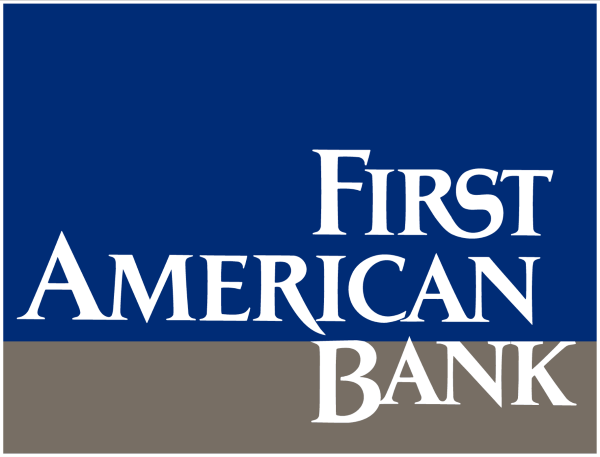Written by Brian Hagan, Florida Market President, First American Bank
No matter how hard you work, business’s cyclical nature means you’re bound to have periods of slow growth. As a business owner, you’re probably aware that ebbs and flows are completely normal. That doesn’t mean bridging the gap between boom times is always easy.
To stay ahead of the game, take advantage of periods of contraction to shore up your resources and manage your cash flow so you’re ready to bounce back once business ramps up.
Here are some strategies for optimizing your business cycle so that you’ll be prepared for the next uptick in sales.
Boost your benefits: Reevaluating employee benefits packages far in advance of open enrollment can help prevent a disruption to year-end reporting. The pandemic has inspired some business leaders to upgrade their offerings and prioritize childcare and mental health benefits. Depending on the needs of your employees, enhancing your package can allow you to attract and retain talent in an increasingly competitive market.
health benefits. Depending on the needs of your employees, enhancing your package can allow you to attract and retain talent in an increasingly competitive market.
Collect on accounts receivable: A crucial part of optimizing your cash flow is maintaining a clear picture of cash inflows by collecting on accounts receivable and monitoring balance sheets. If your business processes invoices manually, take advantage of less active periods to implement more efficient systems and collect on unpaid debts. Inconsistent revenue collection causes stress and uncertainty. Set up a process now so you won’t spend time chasing down payments later. .
Revisit year-end goals: Once you have receivables in line, you can more clearly define your annual goals and create an action plan. Whether you’re poised to increase your market share, reassess your target revenue, boost sales or scale up, understanding how much cash is flowing in and out means you’re better poised to set—and meet—realistic goals.
Manage your cash flow: Despite the natural cyclicality of your business, depleting cash reserves can limit your growth and sustainability—and the pandemic proved exactly why external funding is so important. As public health concerns triggered slowdowns for businesses around the world, it was difficult to predict exactly when and where businesses would shut down and pick up again. Access to funding was crucial for struggling small businesses so they could cover expenses and continue providing services for their communities. Holding onto your cash during this period will help you secure external funding while providing you with a cushion while you revisit your action plan.
One great option for securing additional business funding is an Asset Based Loan (ABL), which is a line of credit, best known for its flexibility, that can help you maintain the appropriate level of capital. Key benefits include:
- Quick cash infusions: From suppliers demanding cash up front to shipping delays, an ABL can bridge the gap and take the uncertainty and stress out of fluctuating cash flows.
- A fluctuating line of credit: The credit shifts up and down based on a business’s receivables and inventory and changes with the needs of the borrower.
- A built-in safety net: Because the credit line shifts in accordance with the borrower’s receivables and inventory, business owners will never over leverage themselves.
At First American Bank, our loan officers are available to talk you through different funding options to help get you through all phases of your business cycle. Our business experts will create loan solutions based on your specific business goals and needs, while working with you to manage your debts and ensure you stay on track to hit your targets.
Need more financial flexibility to meet your business needs?
About FAB: First American Bank is a privately held, full-service bank with international expertise. With over 40 years of experience and 59 locations across Florida, Illinois and Wisconsin, we aim to create solutions, deliver exceptional customer service and provide unmatched expertise in commercial banking, wealth advisory and personal finance solutions.
First American Bank was recently voted one of America’s Best Banks by Forbes Magazine.
First American Bank is a Member FDIC.
About the author: Brian Hagan started his career at First American Bank in 1985 as an analyst. During his tenure, he has designed and implemented the analytical training program for commercial lenders, overseen the development of the Tax Exempt Finance and Interest Rate Hedging divisions, and managed specialty lending areas including Middle Market Commercial and Industrial, Business Banking, Government Guaranteed Lending and Trade Finance. Brian relocated to Miami in 2014 to serve as Market President for the bank’s Florida expansion.
Check out more articles from First American Bank:
The Healthcare Account Helping Companies Save
Liquidity Strategies for Growing Businesses














